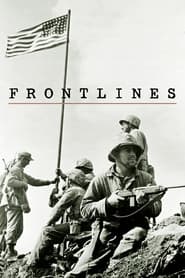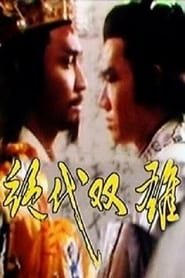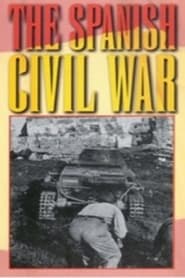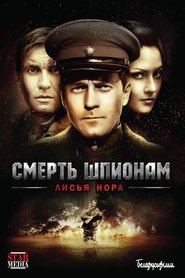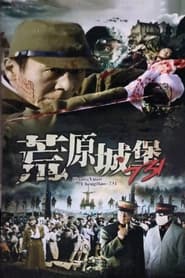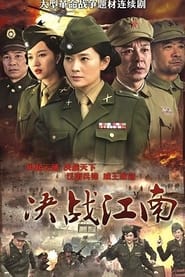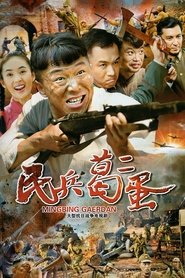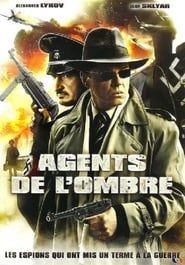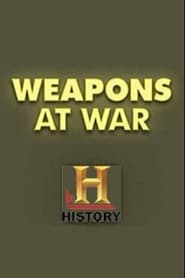War Politics TV Series - Page 85
-
A Woman Called Golda
1982
A Woman Called Golda
1982
-
À la tribune
2020
-
盾神
2014
盾神
2014
-
WWII Frontlines
2021
WWII Frontlines
2021
This series takes viewers deep into the heart of battle, to reveal the critical turning points in some of WWII's most decisive confrontations. -
Geheime Reichssache
1988
Geheime Reichssache
1988
Berlin 1937/38: Adolf Hitler strives for war. The leadership of the Wehrmacht stands in his way. But he gets rid of his opponents by plotting against the Reich War Minister Werner von Blomberg - he had married a prostitute - and the Chief of Staff of the Army Werner von Fritsch - he was homosexual. -
绝代双雄
1986
-
The Spanish Civil War
1983
Documentary series which uses film and eyewitness accounts from both sides of the conflict that divided Spain in the years leading up to World War Two, also placing it in its international context. -
Spies Must Die: The Fox Hole
2013
star 61944. German Colonel Neuber is taken prisoner trying to cross the front-line but not before he hides stolen Soviet documents. The Germans send a team to recover the Colonel and the documents but Soviet intelligence are waiting for them. -
Biała odwaga
2024
-
荒原城堡731
1991
荒原城堡731
1991
-
A unque militiman
2012
-
Wait for the «John Grafton»
1981
star 8At the beginning of the summer of 1905, representatives of the Socialist-Revolutionary Party Krasilnikov and Elkonen turned to Captain Zhanis Trautman, a Latvian political emigrant living on the outskirts of London, with a proposal to lead a steamer with a cargo of weapons to the shores of Russia. Having recruited a team of old and tried comrades, Trautman changes the crew of an English cargo ship bought by the front men. In the course of the squabble that arose on this occasion, a sailor of the old crew, David Blake, was stabbed. The wounded Blake and the veterinarian Gruber, who accompanied the cargo of anthrax drugs, are forced to leave on board. On the high seas, weapons and explosives were loaded on board. The steamer headed for the Oresund Strait, where a messenger was to meet him. -
敌特在行动
2009
敌特在行动
2009
-
La buona battaglia – Don Pietro Pappagallo
2006
star 7La buona battaglia – Don Pietro Pappagallo is an Italian television miniseries based on the true story of Don Pietro Pappagallo, a Catholic priest and Italian anti-fascist who assisted victims of Nazism and Fascism in Rome during World War II and was arrested and executed in the Ardeatine Caves massacre on March 24, 1944. It was produced by 11 Marzo Cinematografica and Rai Fiction, directed by Gianfranco Albano, written by Stefano Gabrini and Furio Scarpelli, and stars Flavio Insinna as Don Pietro. It was first released in 2006 and is distributed by Radiotelevisione Italiana and RaiTrade. -
There is No Third
2009
There is No Third
2009
star 5Occupied Western Ukraine, 1944. The Soviet High Command is concerned about a large-scale, highly classified construction running through the line of the Soviet offensive. A reconnaissance unit is deployed and a Soviet scout is placed behind enemy's lines in order to obtain information about the project. -
我站的地方是中国
0000
我站的地方是中国
0000
In the late 1970s, Changning’s life is upended when his father is falsely accused of treason. Taken in by his soldier uncle, he joins the military and dedicates himself to defending China’s borders. Over 40 years, he and his comrades witness the transformation of border security while passing their legacy to the next generation. -
Weapons at War
1991
-
Sword of Honour
1967
Sword of Honour
1967
Sword of Honour is a three-part miniseries produced as part of the anthology Theatre 625, and broadcast on BBC2, based on Evelyn Waugh's 1952–61 novels of the same name. It stars Edward Woodward as 35-year-old Englishman Guy Crouchback, who returns home from Italy at the start of WWII, determined to fight the good fight. Horrified by Nazi barbarism and emotionally shattered by a painful divorce, Crouchback eagerly accepts a post with the elite Royal Corps of Halberdiers. -
Genesis
2023



